
A Beginner's Guide
to Intel Processors
Intel processors are the heart of many desktop and laptop
computers, powering the computing power that users rely on to run applications,
play games, and browse the web. If you're in the market for a new computer, or
simply want to know more about how your existing computer works, this guide to
Intel processors is for you.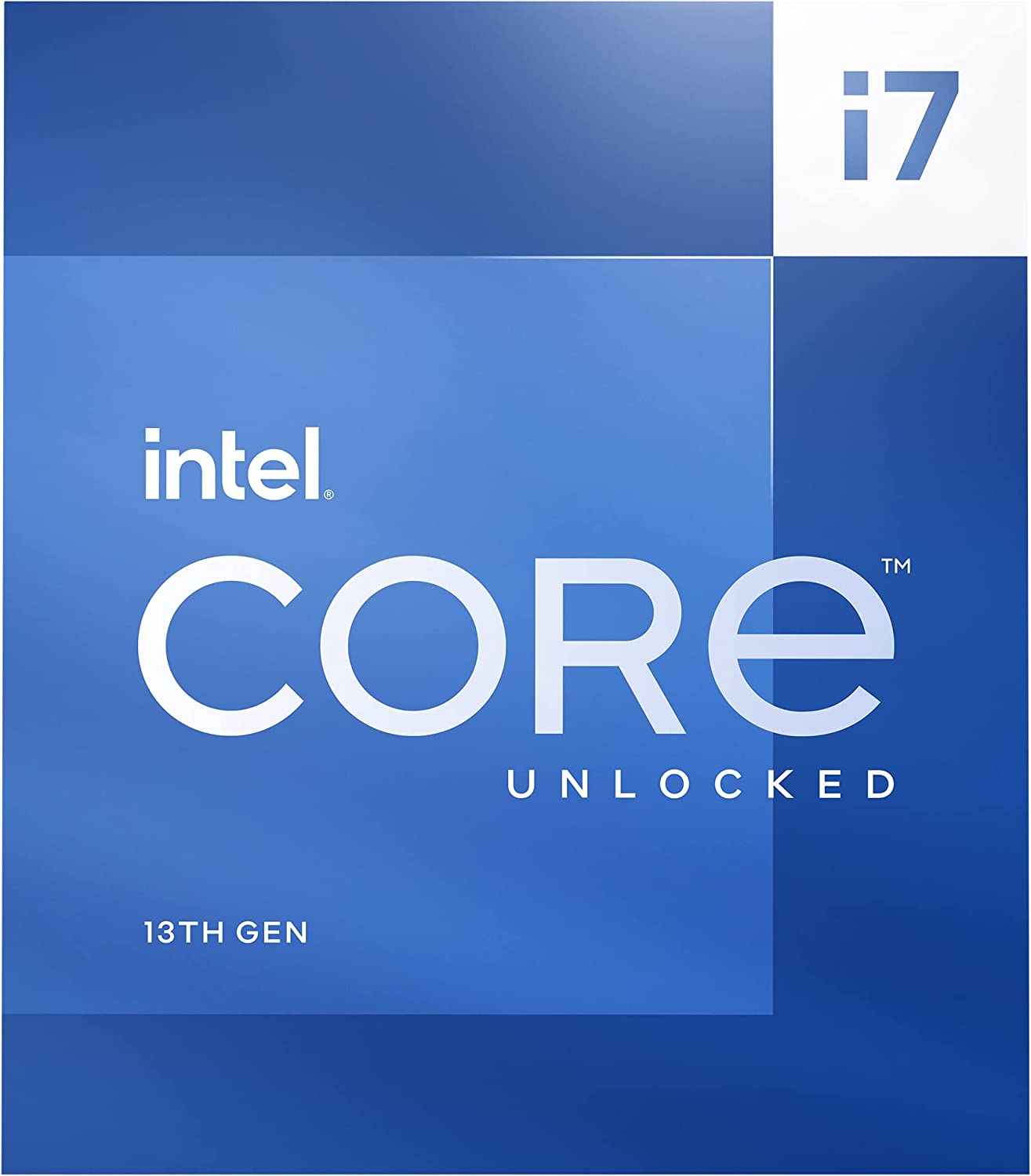
What is an Intel Processor?
An Intel processor is a type of computer chip that processes
data and executes instructions on a computer. Intel is one of the largest
manufacturers of processors in the world, and their products are widely used in
many different types of computers.
How do Intel Processors Work?
An Intel processor works by executing instructions in the
form of code. The processor fetches code from memory, decodes the instructions,
and then executes them. The speed at which a processor can execute instructions
is measured in gigahertz (GHz), and higher speeds typically mean faster
processing power.
Intel Processor Naming Conventions
Intel processors are given a name that consists of a series
of letters and numbers. The first number in the name indicates the processor
generation, while the letter at the end indicates the processor type.
For example, an Intel Core i7-10700K processor is a 10th
generation processor that's designed for desktop computers. The "K"
at the end of the name indicates that the processor is "unlocked",
which means that it can be overclocked to run at higher speeds.
Choosing the Right Intel Processor for Your Needs
When choosing an Intel processor, it's important to consider
your specific needs. If you're a gamer or content creator, you may want to opt
for a high-end processor with multiple cores and a high clock speed, such as an
Intel Core i9 or i7.
If you're simply looking for a processor for everyday use,
such as browsing the web or using office applications, an Intel Core i5 or i3
may be a better fit.
It's also important to consider factors such as power
consumption and compatibility with your existing hardware when choosing an
Intel processor.
Optimizing Your Intel Processor
Once you've chosen an Intel processor, there are several
steps you can take to optimize its performance:
- Keep
your processor and other hardware drivers up to date.
- Make
sure your computer is free of malware and viruses.
- Upgrade
your RAM or storage if necessary.
- Use
a high-quality cooling system to prevent overheating.
Conclusion
Intel processors are an essential component of modern computing, and understanding how they work and how to choose the right one for your needs can help you get the most out of your computer. By following the tips outlined in this guide, you can optimize your Intel processor's performance and enjoy a faster, more efficient computing experience.


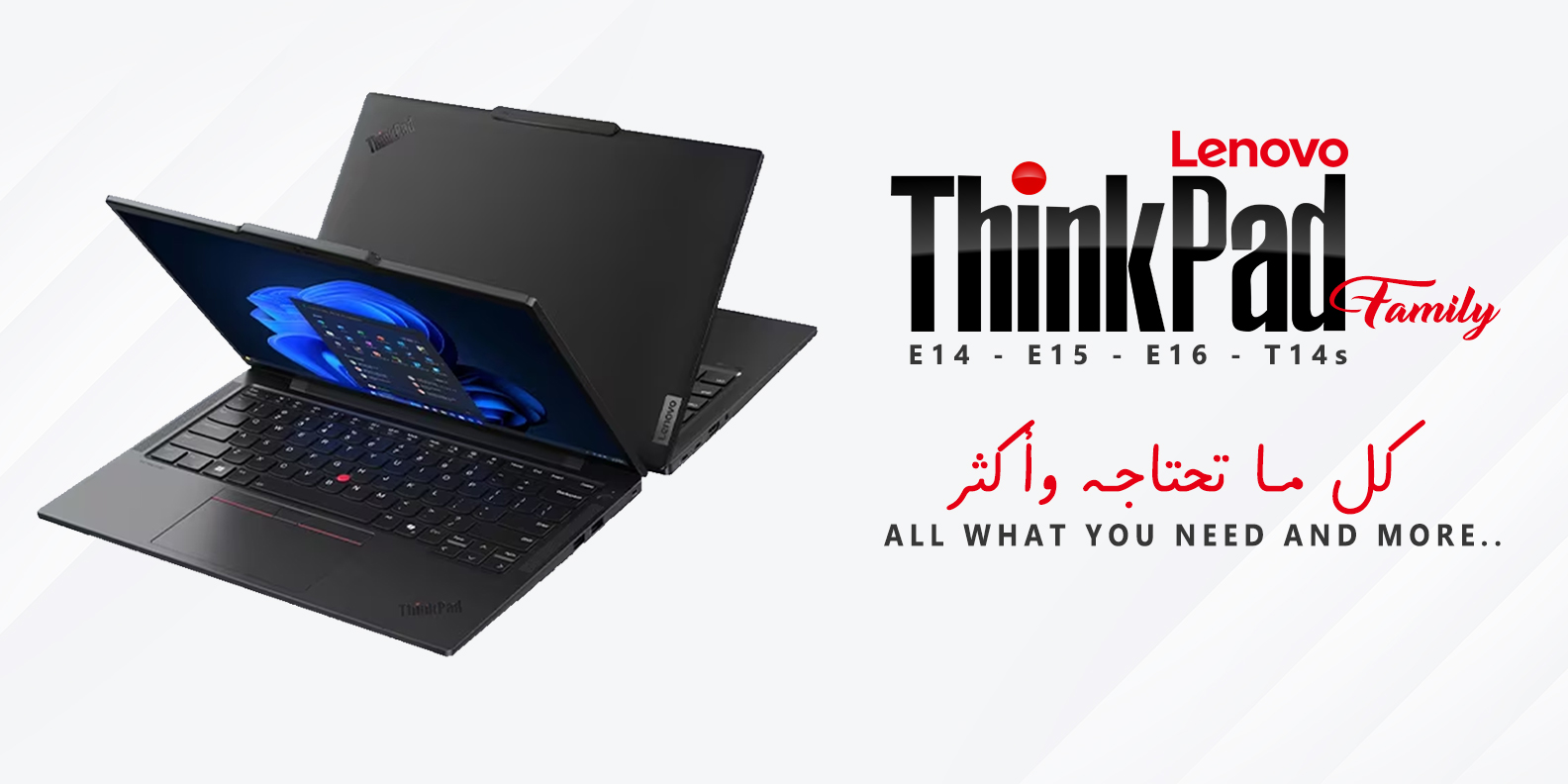







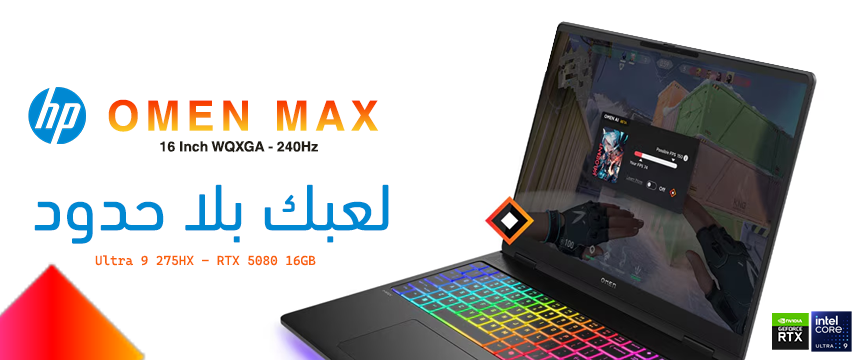
























-300x300.jpg)

-300x300.jpg)
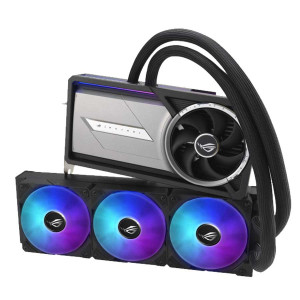
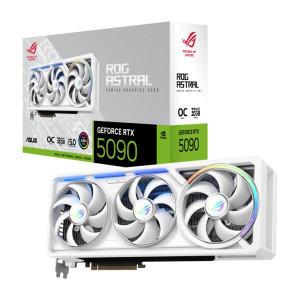
-300x300.jpg)














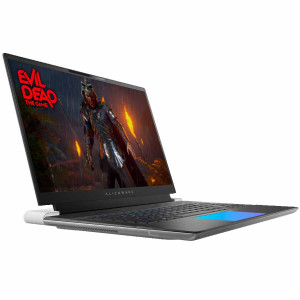

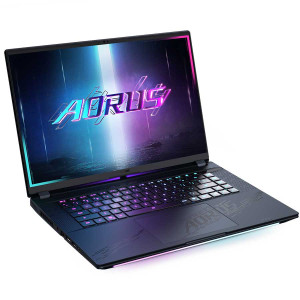

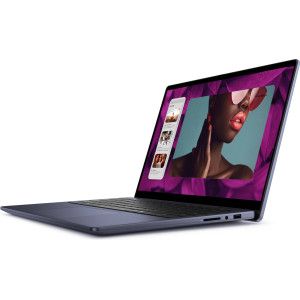
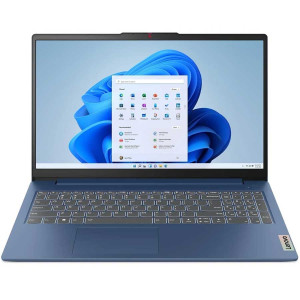
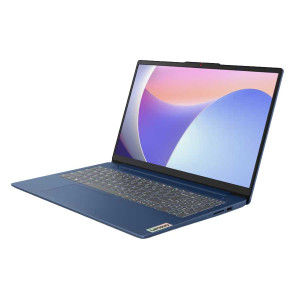
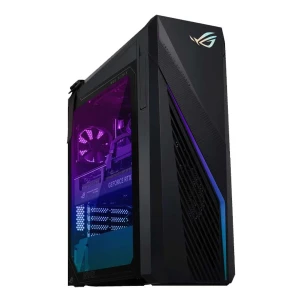
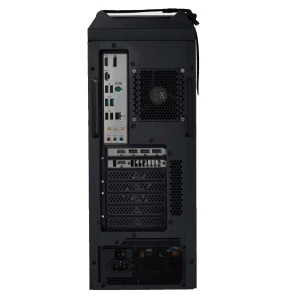

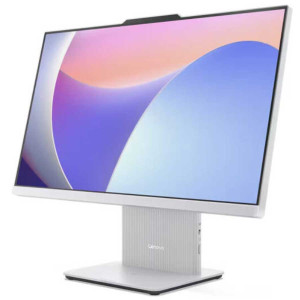



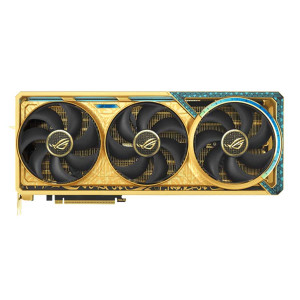
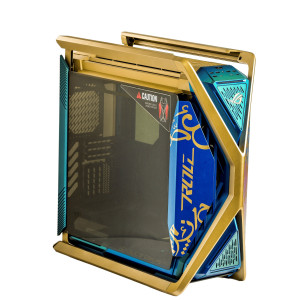
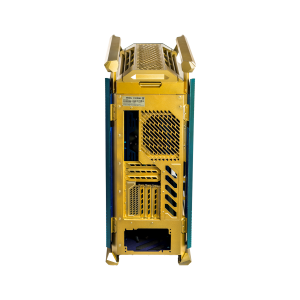

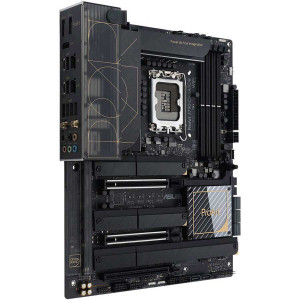
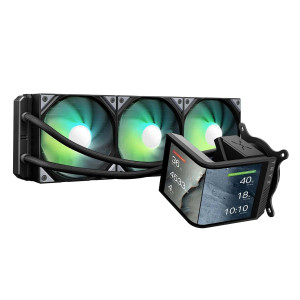
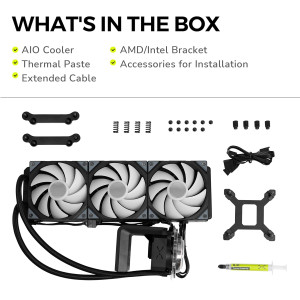
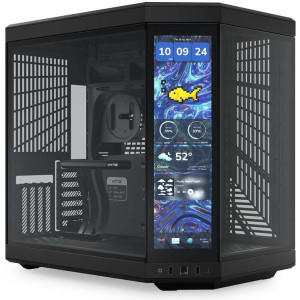
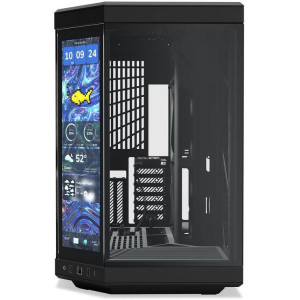
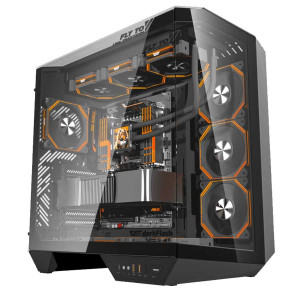
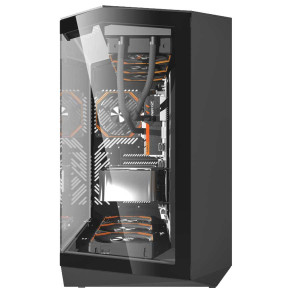
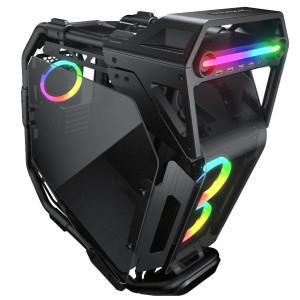
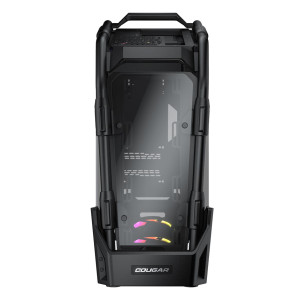


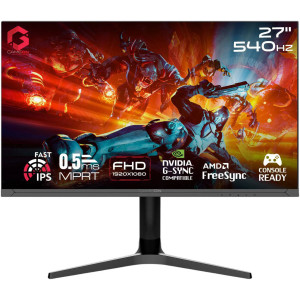
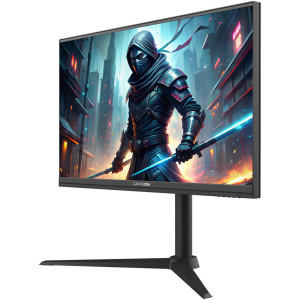
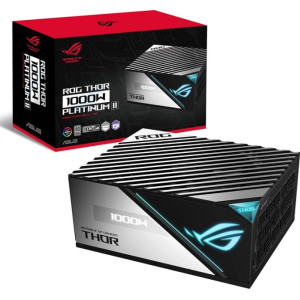
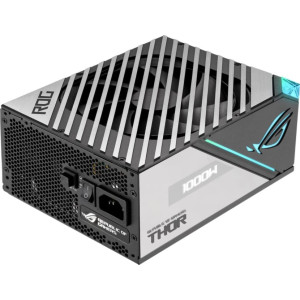

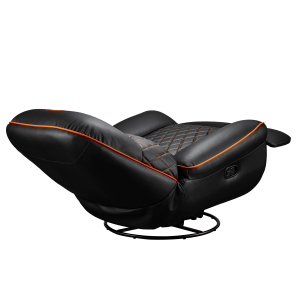
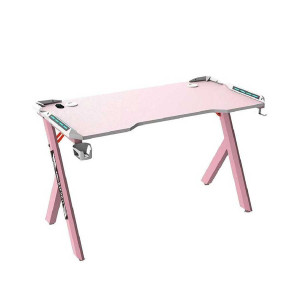
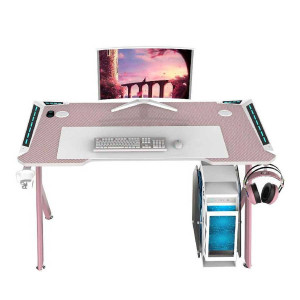
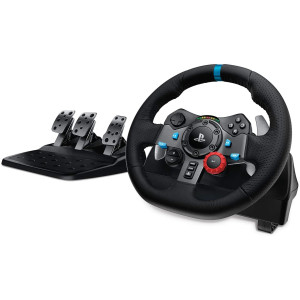
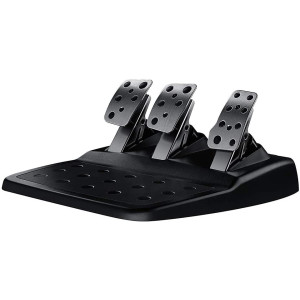
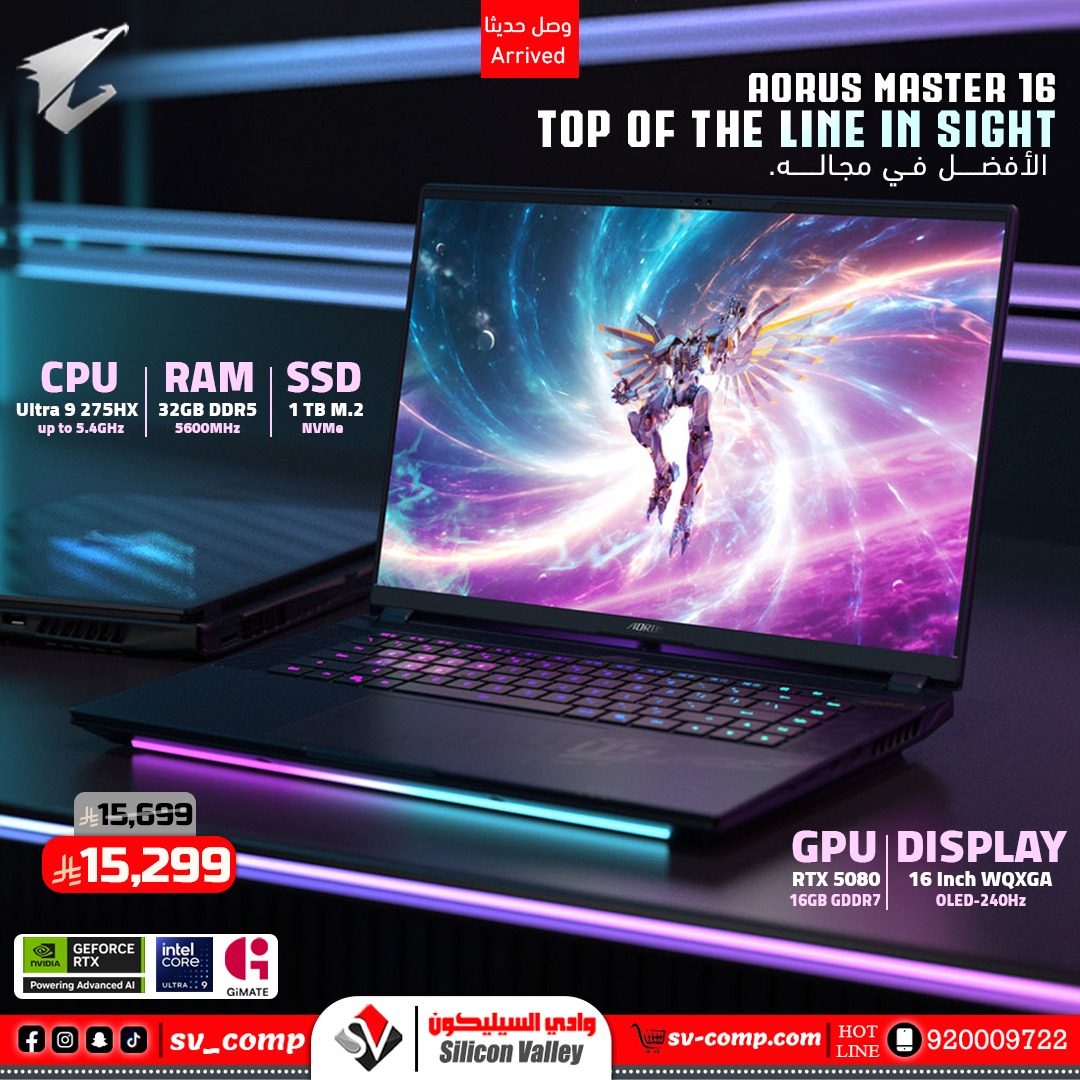





















































17 Comment(s)
1
1
1
1
1
1
1
1
1
1
1
1
1
1
1
1
1
1
1
1
1
1
1
1
1
1
1
1
1
1
1
Awesome! This article is very informative and very good. Thanks for sharing this with us. Keep sharing.
1
1
1
Your blog is amazing it gives so much ideas and information.
Your blog is amazing it gives so much ideas and information.
This website can be the bests website from all which
Great infomration i like it
I don’t think the title of your article matches the content lol. Just kidding, mainly because I had some doubts after reading the article.
Thanks for sharing nti.
It’s an amazing idea and very helpful for everyone. Thanks for sharing!
gracias
Leave a Comment